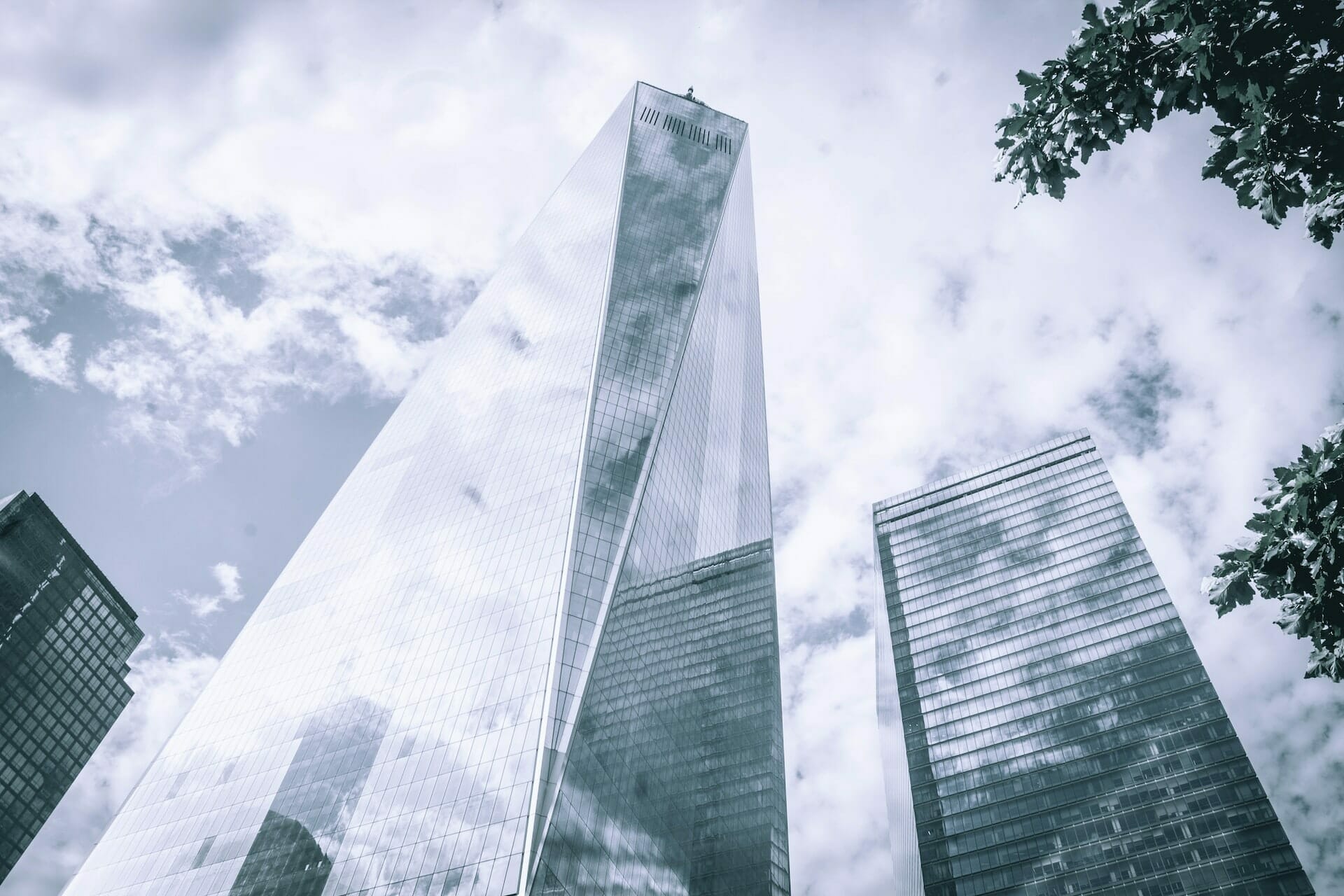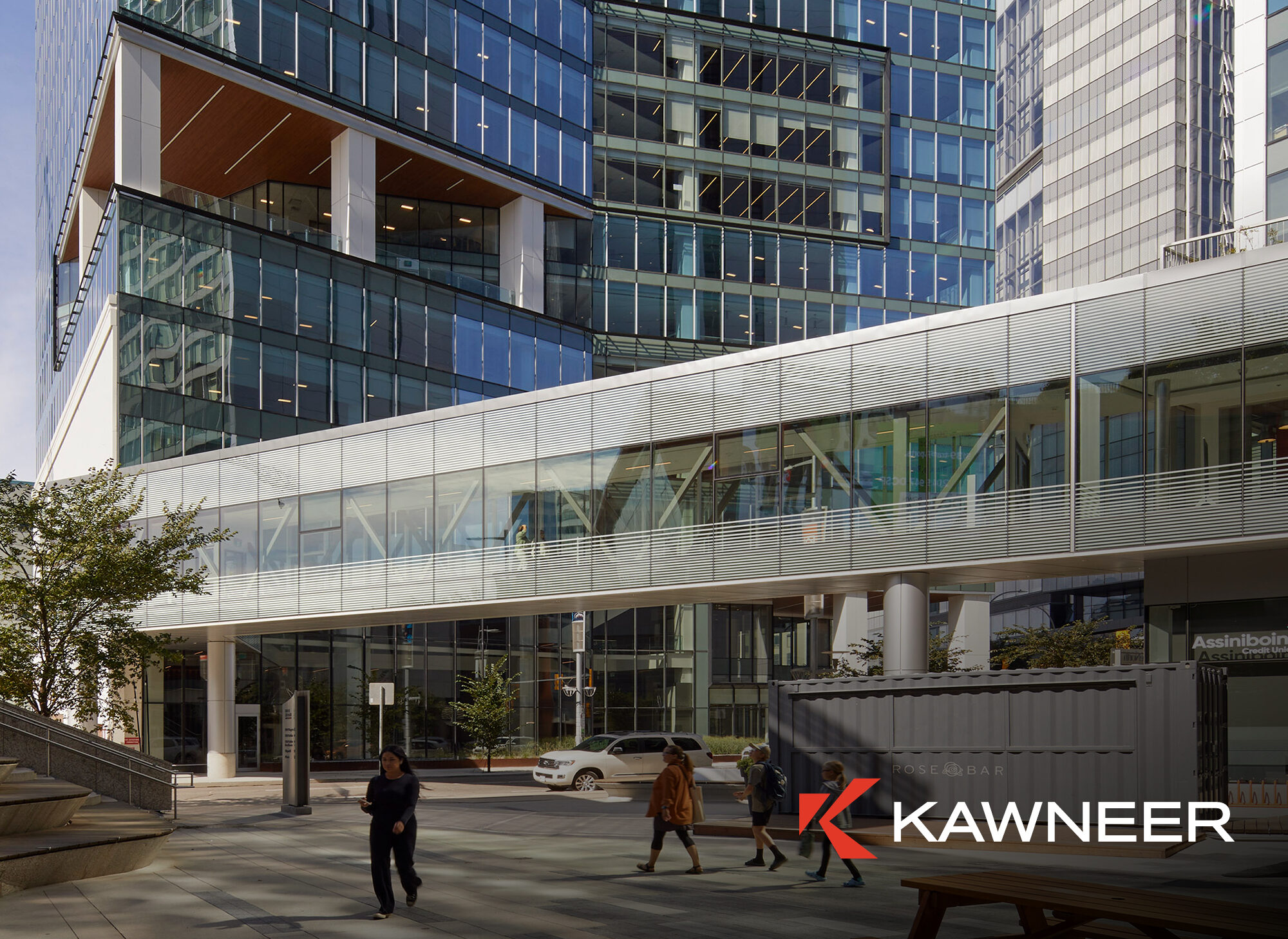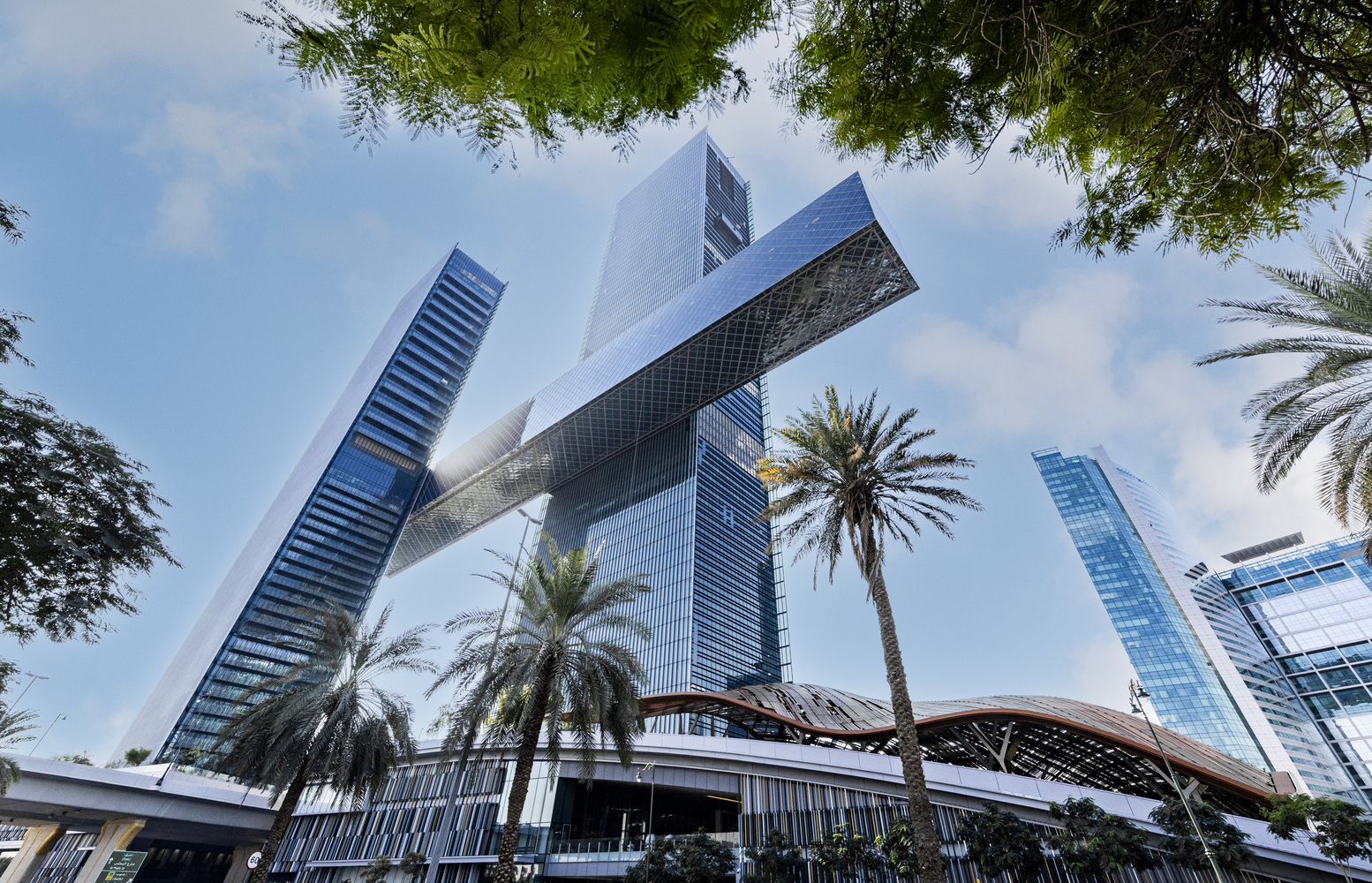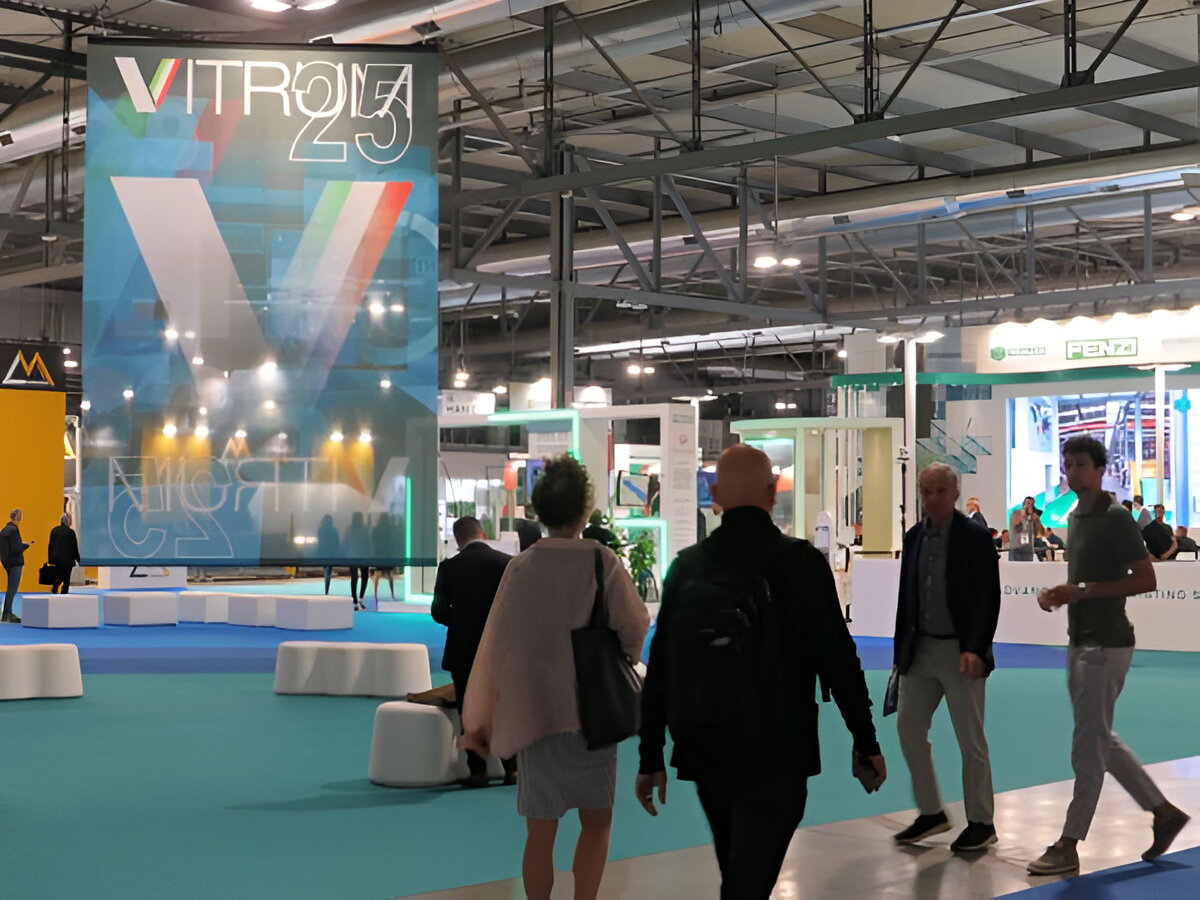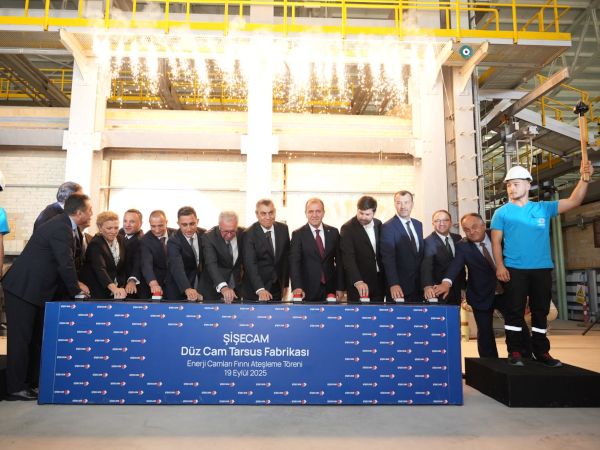Skyscrapers have long symbolized ambition, power, and architectural innovation, reshaping skylines worldwide. Yet behind their dazzling façades lies a controversial design feature: vanity height. This refers to the non-occupiable portions of towers, spires, crowns, and ornamental extensions, that add visual impact but no usable floor space.
The scale of the issue is striking. The Burj Al Arab dedicates 39% of its height to vanity height, the Bank of America Tower 36%, and even the record-breaking Burj Khalifa, 29%. These empty extensions demand massive amounts of steel, concrete, and conventional glass, materials with heavy carbon footprints, while offering no direct value to occupants.
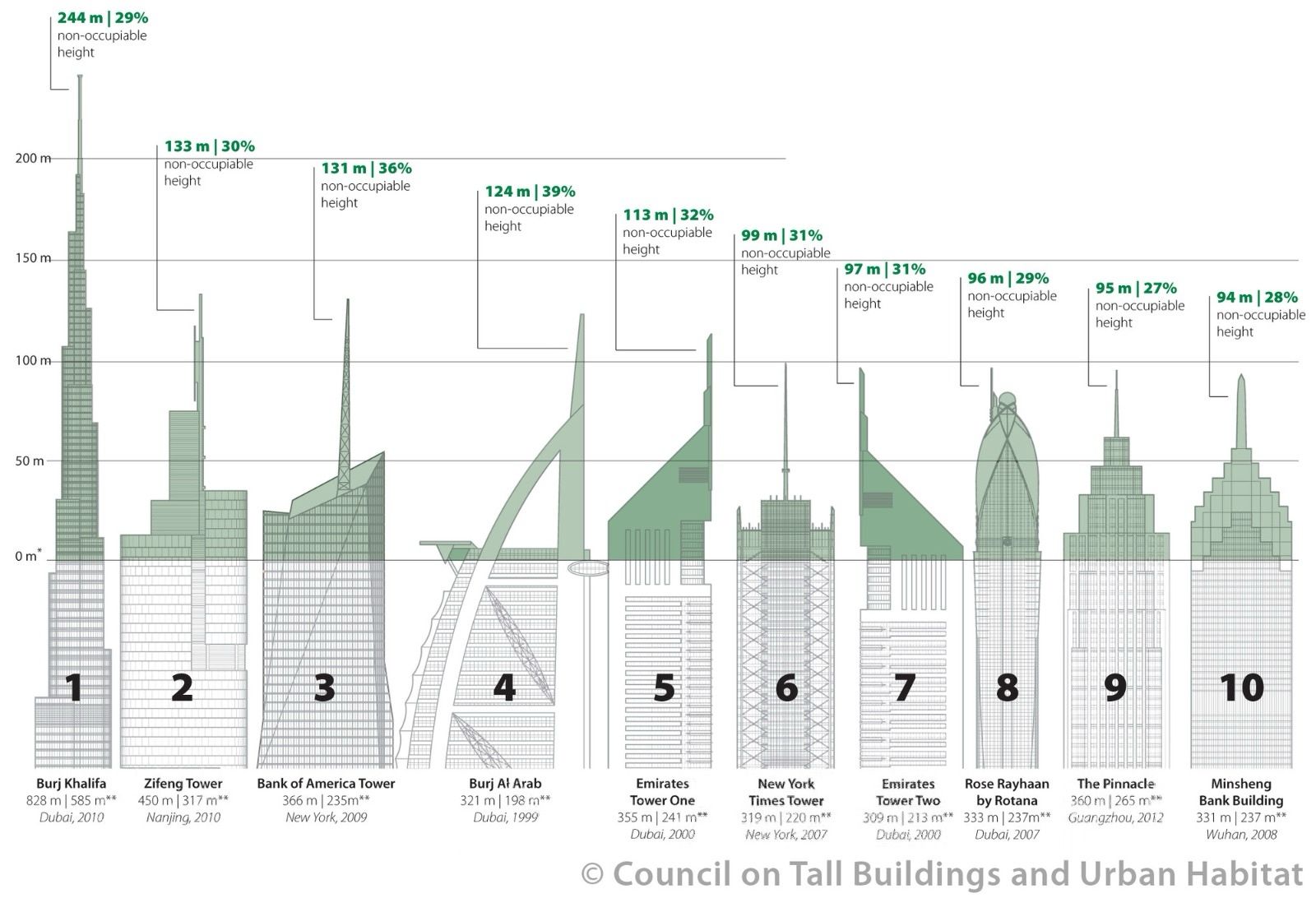
However, glass technologies open the door to more sustainable solutions. Lightweight structural glazing systems can reduce the reliance on heavy building materials, lowering embodied carbon. Building-integrated photovoltaics (BIPV) can transform decorative crowns into energy-generating façades, offsetting operational emissions. Transparent enclosures could turn once-empty spires into observation decks, sky gardens, or cultural spaces, making height functional rather than symbolic.
By reimagining vanity height through innovative glass applications, architects can preserve skyline drama while creating sustainable, purposeful architecture for the future.
Source: Glass Balkan
